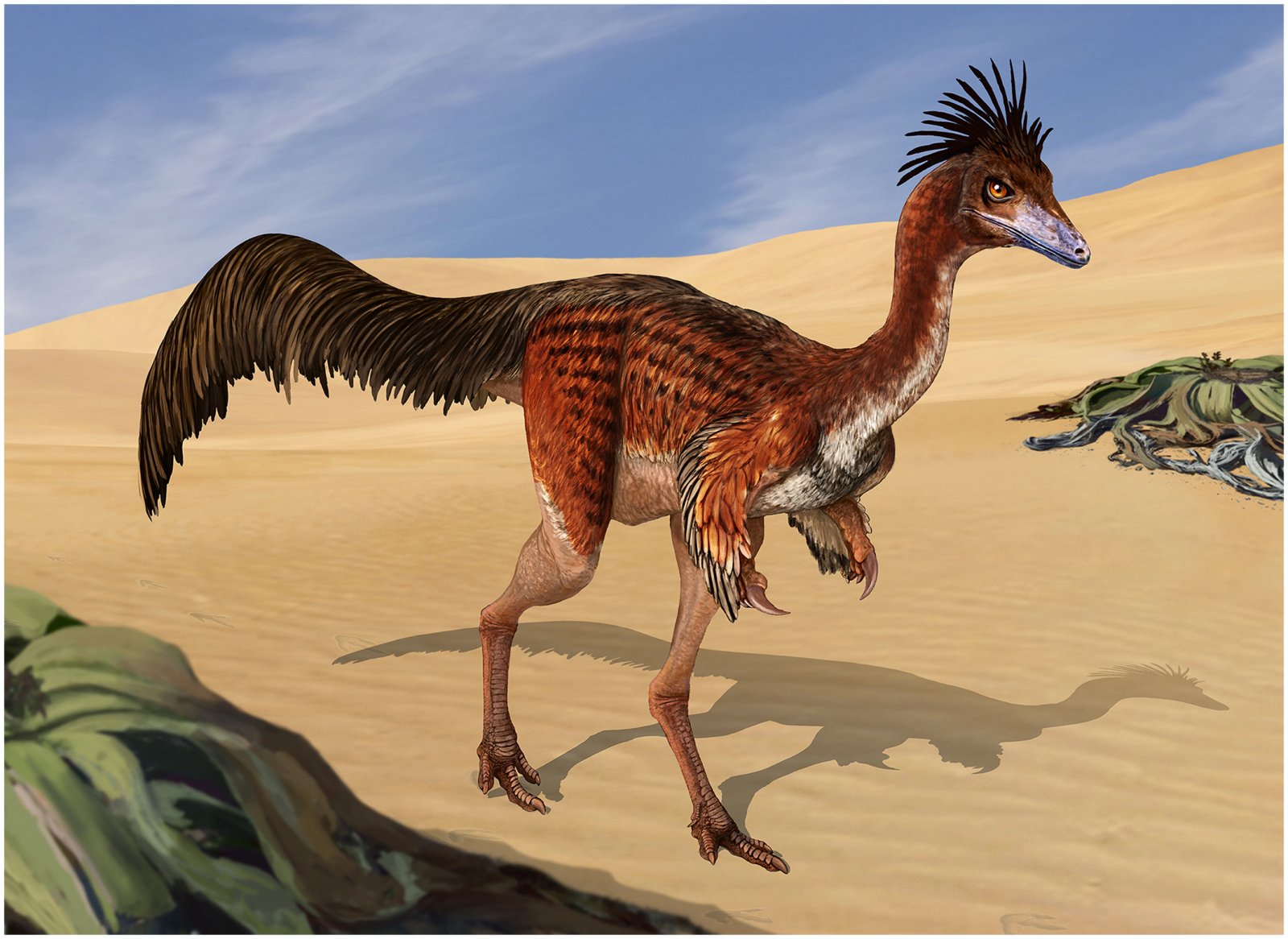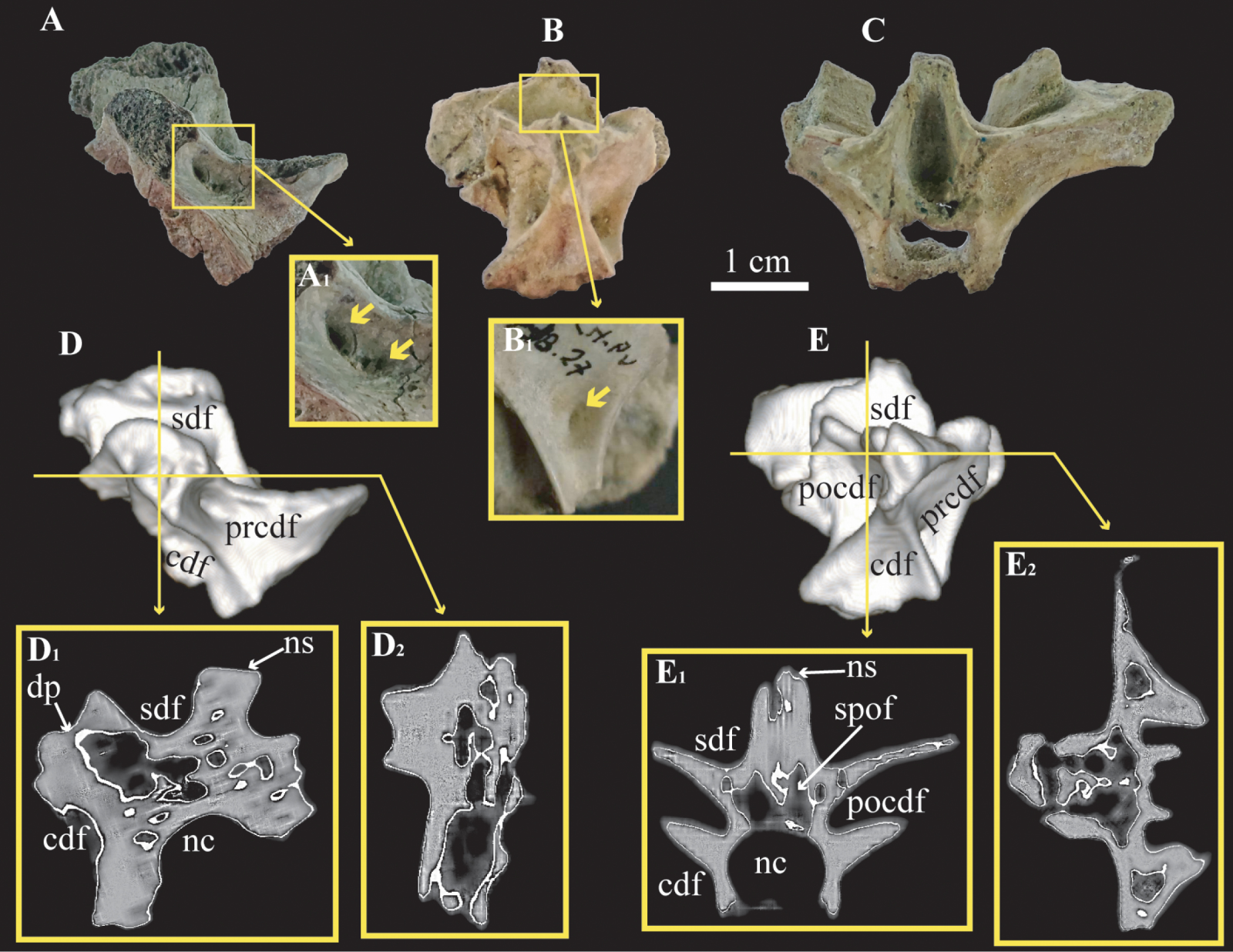Follow us on Google News (click on ☆)

Image Wikimedia
This discovery, published in PLOS ONE, stems from the analysis of fossils unearthed in Argentina's Patagonia. Researchers used medical scanners to reveal internal structures never before observed, challenging some assumptions about the anatomy of these creatures.
Lightweight bones, a solved enigma
Alvarezsaurids, small bipedal dinosaurs, had atrophied forelimbs and an elongated skull. Their morphology already resembled that of birds, but the absence of bone pneumatization (air-filled cavities) puzzled scientists.
Scans showed cavities scattered throughout the axial skeleton, including in the vertebrae. This uneven distribution suggests an adaptation related to metabolism rather than simply reducing mass.
In modern birds, these pockets improve respiration and thermoregulation. Researchers believe these dinosaurs benefited similarly, possibly to optimize their rapid movements or insectivorous diet.
An evolution different from what was imagined
The presence of these cavities in Alvarezsaurids indicates that bone pneumatization may have appeared independently in multiple theropod lineages. This discovery expands the scope of research on dinosaur evolution toward avian forms.

A - Cervical vertebra MPCN-Pv 738.26 in lateral view with detail of foramina.
B - Vertebra MPCN-Pv 738.27 in lateral view.
C - Posterior view of the same vertebra with detail of foramina.
D - 3D reconstruction of MPCN-Pv 738.26 in lateral view, with transverse and frontal sections.
E - 3D reconstruction of MPCN-Pv 738.27 in lateral view, with transverse and frontal sections.
Variations observed between individuals raise questions about their development. Some bones show well-defined channels, while others lack them without apparent logic.
This heterogeneity could reflect differences in age, sex, or species. It calls for reconsidering fossil study methods, where 3D imaging becomes essential to detect these internal structures.